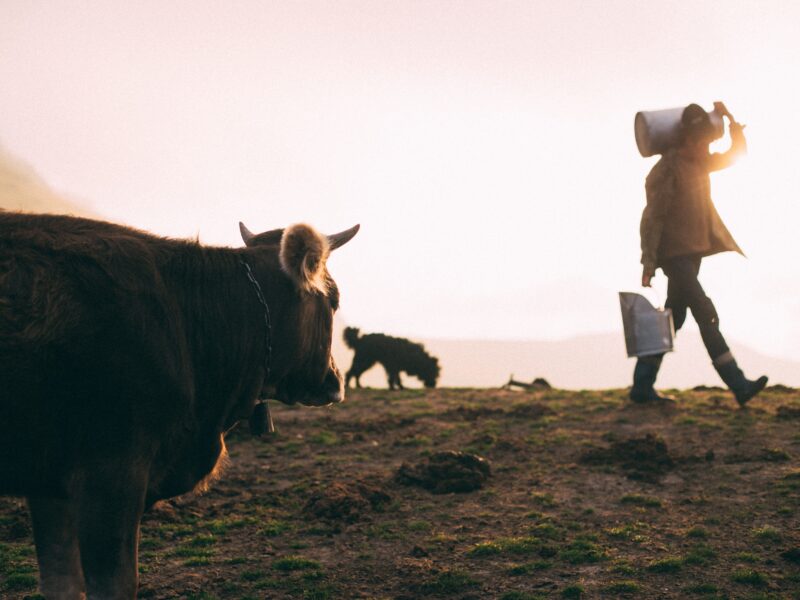
Everyone knows that kids need to drink milk to help keep their bones strong and their bodies growing, but what if your child is lactose intolerant?
Can a child with lactose intolerance still eat a healthy diet and grow up strong? Of course!
With a few tweaks to the menu, a child with lactose intolerance can enjoy the same lifestyle as any other youngster.
Before you draw up your next shopping list, read through these tips on living with a lactose free diet.
What Is Lactose Intolerance?
“Lactose intolerance” is the condition in which a body is unable to absorb lactase in the digestive system. Lactase is a sugar found in milk and other dairy products.
Rather than being absorbed by the small intestine, the lactase ferments in the gut and causes bloating, pain, nausea, wind and/or diarrhoea.
Remember, lactose intolerance is NOT life threatening, and while consuming lactose may result in discomfort, it will not cause irreparable harm.
How Is Lactose Intolerance Diagnosed?
There are several easy methods to identify lactose intolerance in your child, including:
- “The Domestic Method” – feed you child a diet free from lactose for several days before asking them to drink glasses of milk. If pain or symptoms result, your child is probably lactose intolerant.
- The Lactose Tolerance Test – your child’s GP will measure blood sugar levels both before and after consuming lactose. If the blood sugar level remains unchanged, lactose intolerance is diagnosed.
- The Breath Test – After your child ingests lactose, your GP will measure hydrogen levels in his/her breath. If hydrogen is present, lactose intolerance is likely because only fermentation will cause this result.
Which Foods Contain Lactose?
Obviously those with diagnosed lactose intolerance should avoid foods rich in lactose. Some of these foods may be obvious, but others may require you to read their labels carefully. Be especially wary of:
- Milk and milk powder.
- Dairy products such as butter, margarine, cheese and yogurt.
- Bread.
- Baked goods.
- Whey and whey solids.
- Chocolate.
- Tablets (which may contain lactose in the coating).
- Any type of pre-packaged or prepared food.
Are There Lactose-Free Substitutes for Foods Containing Lactose?
Many alternative products exist for those requiring a lactose free diet, as well as for Vegans who prefer not to eat dairy products. Head to your nearest health food store and experiment with your child to find out his/her preferences for:
- Soy milk.
- Rice milk.
- Almond milk.
- Non dairy creamers.
- Water-based breads
- Margarine without milk or butter.
- Soy based, canned nutrition drinks such as Ensure.
- Lactose free cheeses (read the label of shredded cheeses to find out lactose measurements).
- Vegan (lactose free) chocolate products.
But What About Calcium?
Children who are lactose intolerant may suffer if they can not make up the calcium they lose from cutting out dairy products. A great calcium alternative is soy, including tofu, tempeh and miso.
Green vegetables, salmon and sardines also offer the calcium your child needs.
Alternately, ask your GP about calcium tablets to ensure that your child meets his/her daily requirement.

